Bamboo rat - a popular specialty
Once considered a “strange” animal, raising bamboo rats in Tam Quang commune has now become a trend, oriented by the local government to become a key commodity product in the near future. Leading this model is Mr. Tong Van Chien’s family in Bai So village. In addition to raising cows and chickens like many other households, Mr. Chien also boldly invested in raising commercial bamboo rats and breeding bamboo rats with a scale of over 100 pairs.
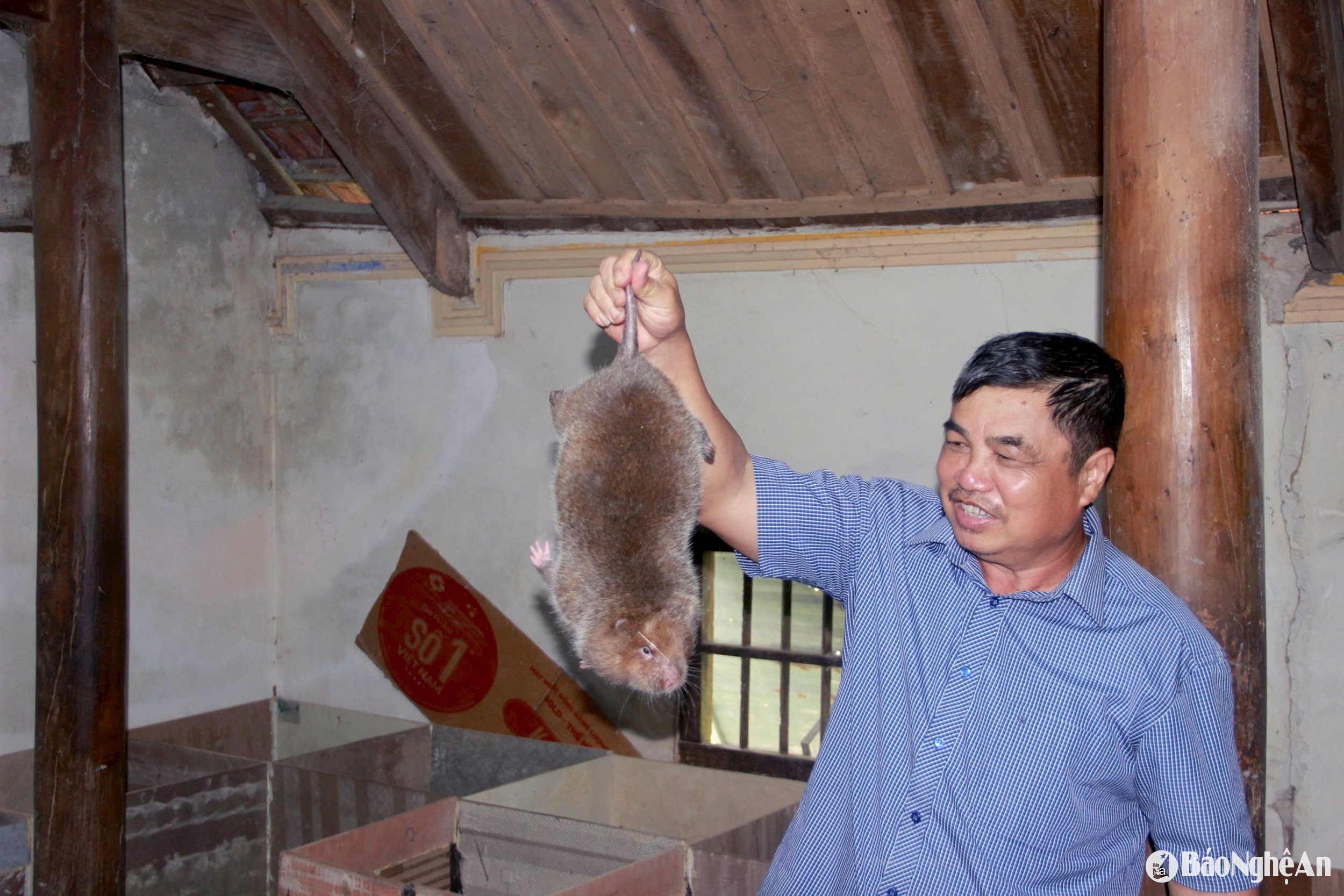
“Raising bamboo rats is low cost, has few diseases, and has readily available food such as bamboo, sugarcane, corn, cassava, etc., so it is very suitable for local conditions. However, we must understand their habits, because they are wild animals and are very afraid of light and noise,” Mr. Chien shared.
With a selling price of about 350,000 VND/kg of commercial bamboo rats, Mr. Chien's family's bamboo rats bring in a stable income each year, not to mention the money from selling bamboo rats for breeding. Many households have also sought to learn from and replicate his experience.
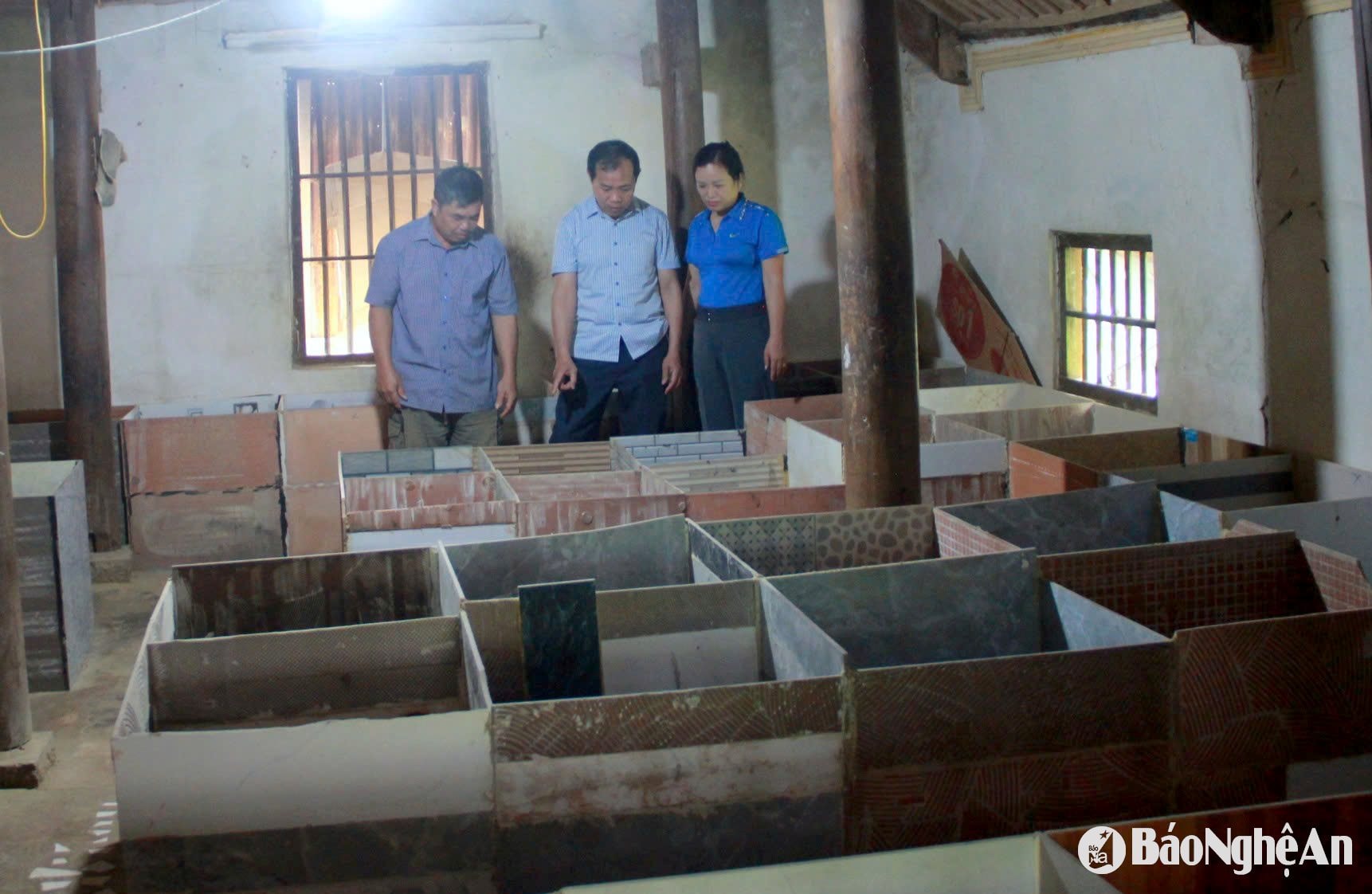
Since the first model launched in 2019, Tam Quang commune has had 7 households raising bamboo rats, opening up opportunities to develop a new industry for the locality. Ms. Kha Thi Hien - Chairman of Tam Quang Commune People's Committee said: "Natural conditions are very favorable, food is readily available, raising bamboo rats is easy, requires little investment in barns, and is popular in the market, so the commune encourages the expansion of this model. This is a promising direction in developing the commodity economy . Currently, the supply has not met the demand for decorative bamboo rats on the market."
Meter tree - stable and sustainable source of income
Not only livestock, Tam Quang commune is also famous for the meter tree - a native tree species that has long been associated with the Thai ethnic people here. The meter tree not only produces bamboo shoots during the rainy season, but is also a valuable material in civil construction and handicrafts.
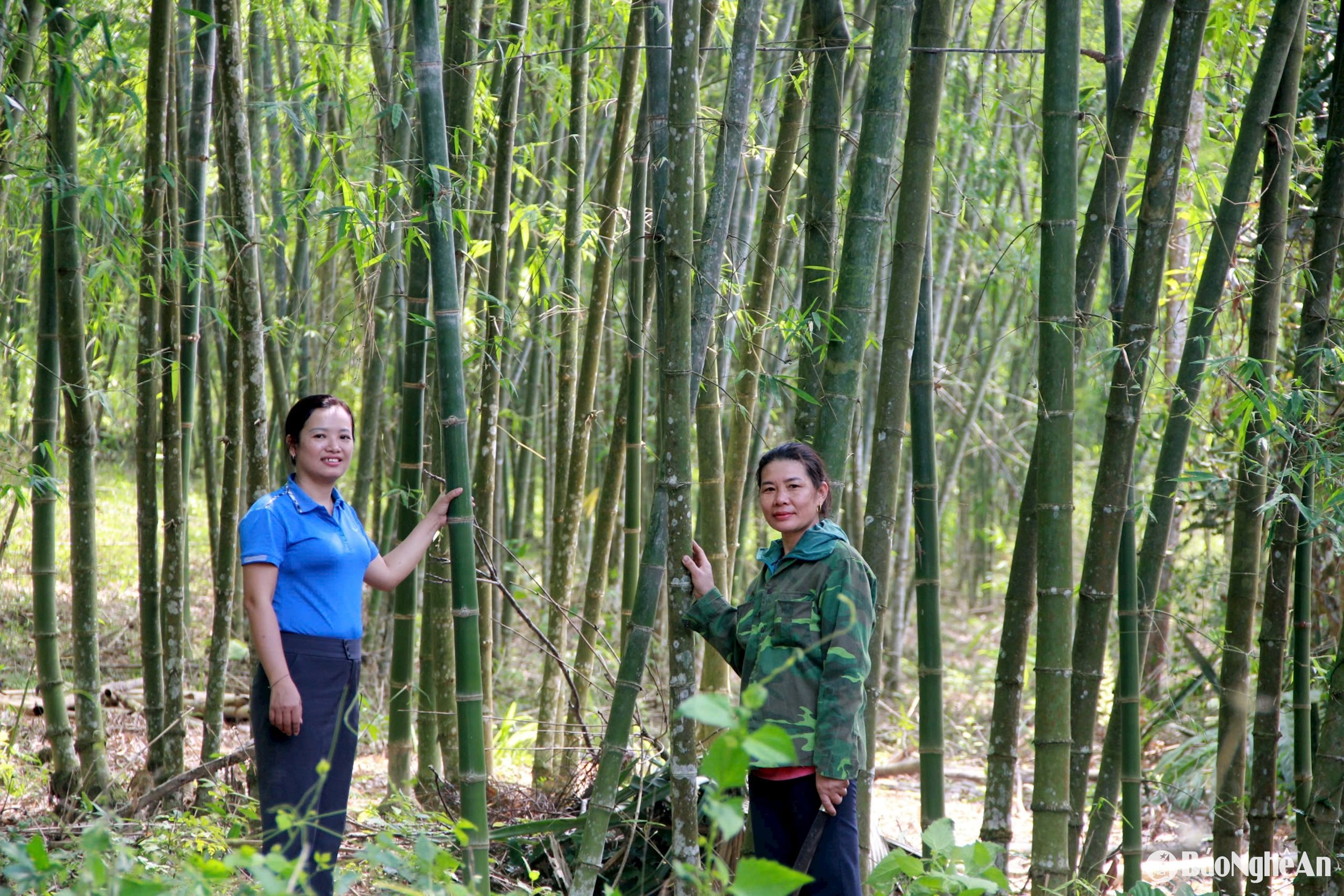
Ms. Luong Thi Bao’s family in Tam Lien village currently has more than 5 hectares of bamboo forest. Ms. Bao said that to have a high-yield bamboo forest, it must be taken care of right from the bamboo shoot growing season: “The big and plump bamboo shoots are left to grow into big bamboo trees, the rest are harvested and sold. Under the bamboo canopy, the family also raises local chickens and beef cattle.” With the selling price of chickens at 180,000 VND/kg and the annual output of bamboo trees reaching thousands of trees, this model brings a fairly steady income to the family.
According to data from Tam Quang commune, the whole commune currently has 618 hectares of meter forest, with Tam Lien village alone accounting for 1/3 of the area. Meter trees are not only a source of livelihood but also a cultural feature in the economic activities of the local people.
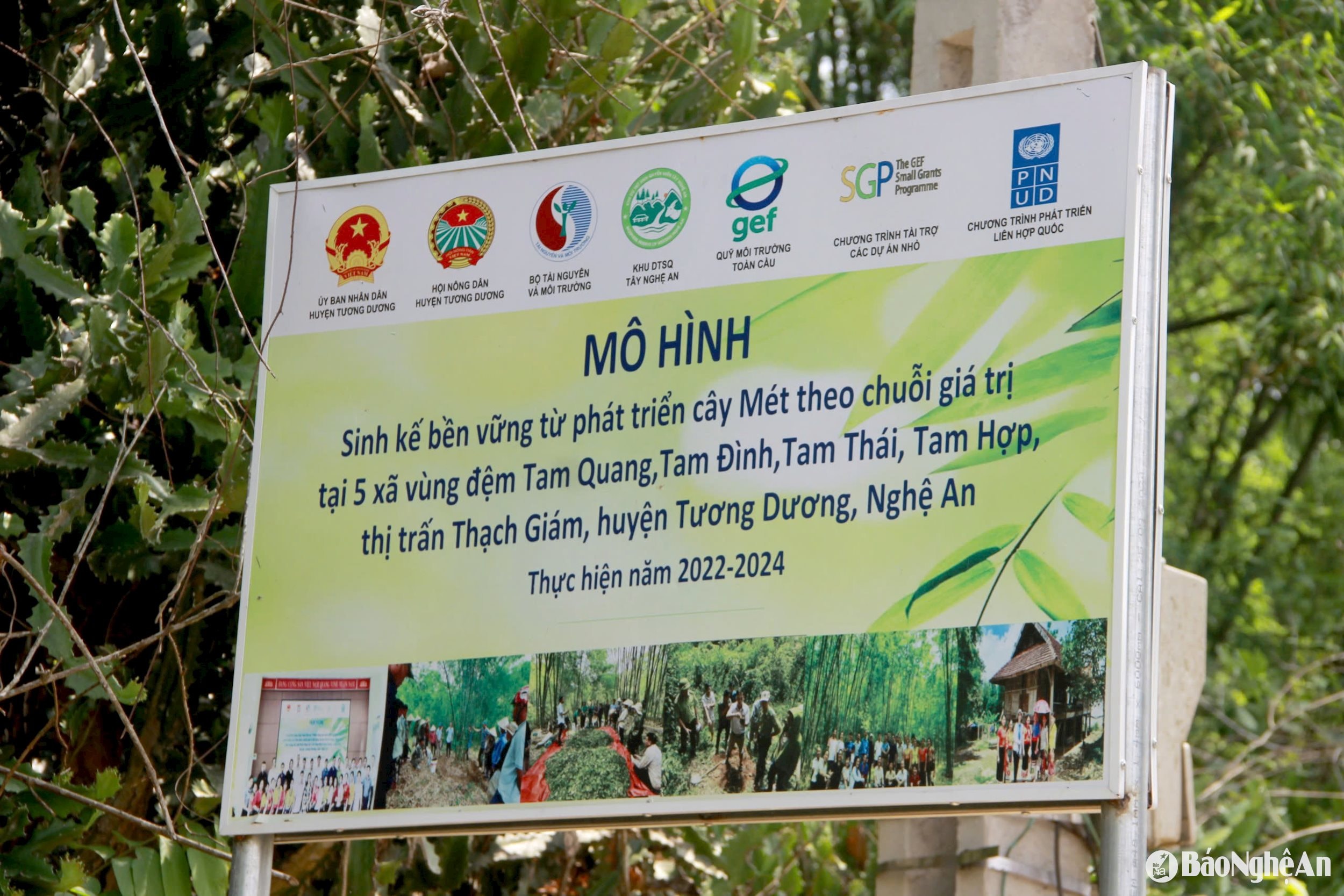
Not only stopping at bamboo rats or meter trees, Tam Quang commune is also a place where traditional livestock models combined with technical improvements are strongly developed. Mr. Dinh Xuan Quang's family in Bai So village is a typical example. With 2 breeding sows and 2-3 beef cows, each year he sells 4-5 litters of breeding pigs, earning hundreds of millions of dong, not to mention income from rice fields.
What is special is that in Tam Quang commune, not only the people but also the commune officials are good at doing business. "We thoroughly understand the spirit that each commune official must be an economic example for the people to learn from. Up to now, about 80% of the commune officials have their own livestock or crop models," informed Ms. Kha Thi Hien, Chairman of the Commune People's Committee. A typical example is Standing Deputy Secretary Lo Quang Hop, with a model of raising sows combined with crop cultivation, earning an income of about 200 million VND/year.
Resilience from the "Skillful Mass Mobilization" movement
Currently, Tam Quang commune has 36 mass mobilization models, most of which are household economic development models. Of these, the model of afforestation combined with livestock raising is dominant. According to statistics, out of a total of 2,400 households, up to 70% of households raise at least 1 sow, 30% of households raise breeding and fattening cows, with a total herd of more than 4,000 cows. In addition, 20% of households participate in raising commercial chickens, supplying markets in and outside the district.
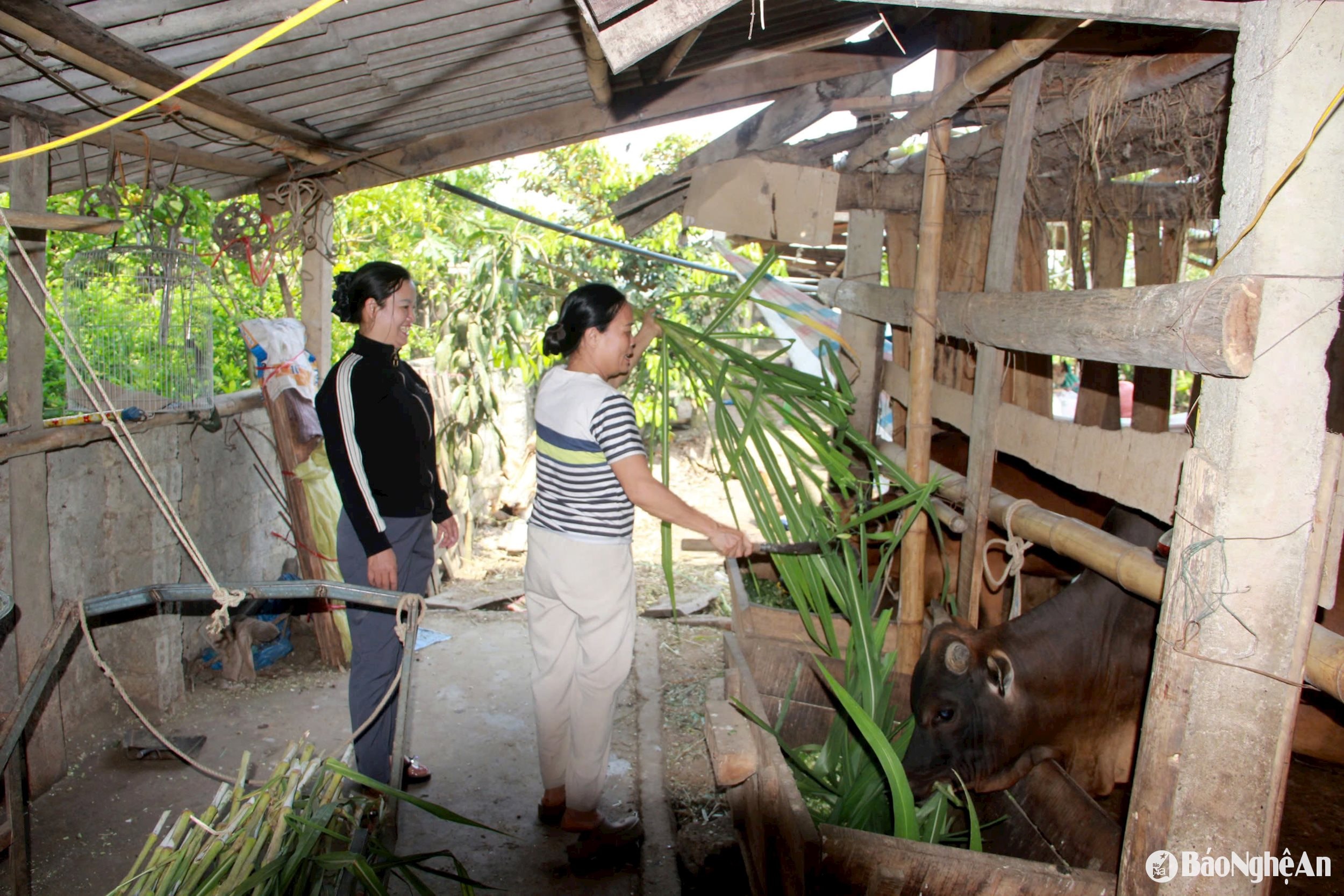
The entire Tam Quang commune currently has more than 100 households with an income of over 200 million VND/year . This number shows the clear effectiveness of diversifying economic models, based on the available potential of the locality.
As a border commune with 76% of the population being Thai, Tam Quang commune used to be mainly self-sufficient. But now, the business mindset has changed dramatically. “We do not stop at having enough to eat, but aim to produce goods, have a consumer market, and save for the family,” a commune official shared.
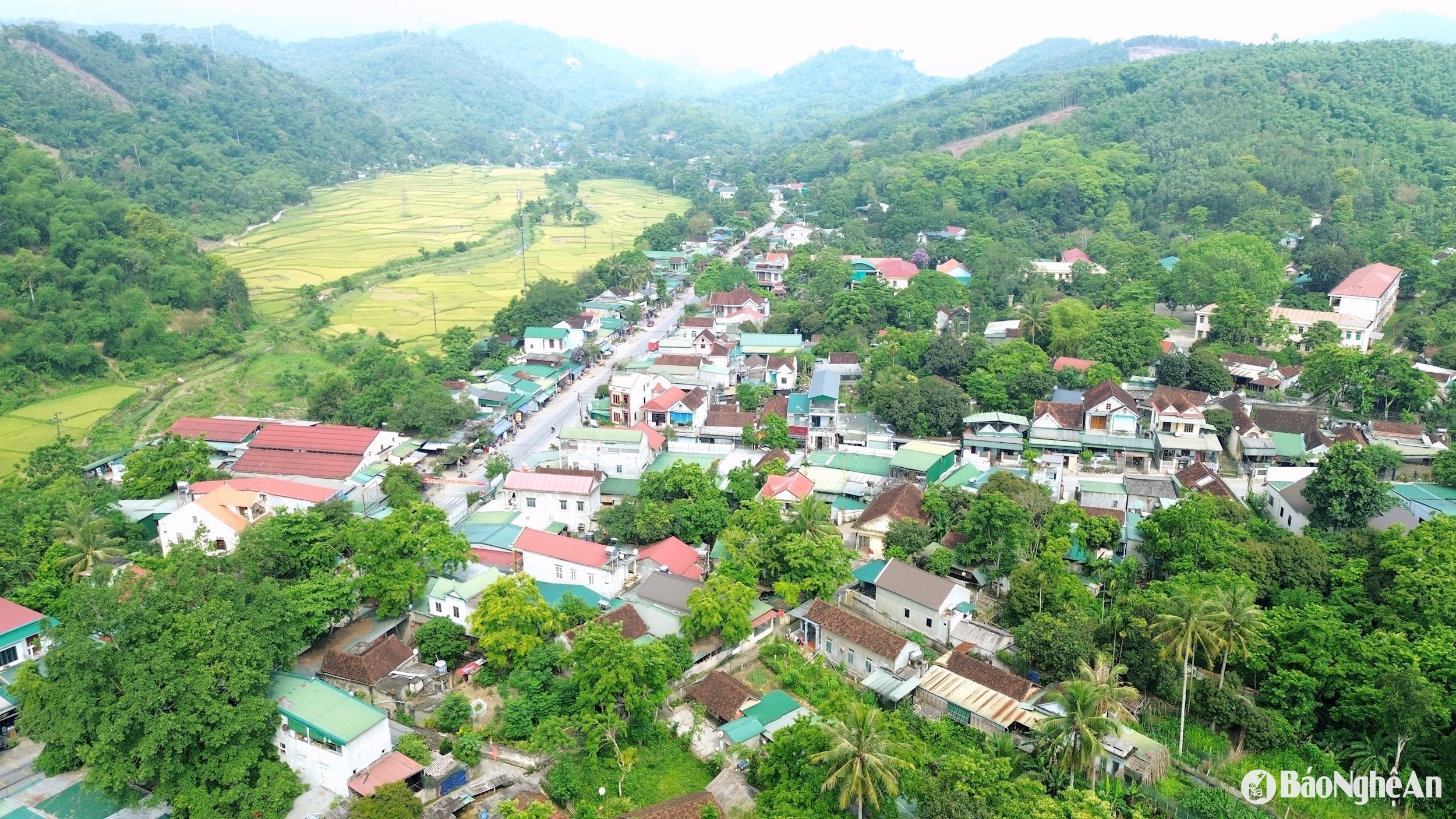
From small-scale models, Tam Quang is gradually forming chains of links in agricultural production and consumption, aiming towards ecological and sustainable agriculture . With the active participation of the Party Committee, the government and the proactive spirit of the people, Tam Quang commune is firmly on the path of sustainable poverty reduction and new rural construction in the border area of Nghe An./.
Source: https://baonghean.vn/xa-bien-gioi-nghe-an-di-len-tu-cay-con-ban-dia-den-dac-san-dui-10299206.html








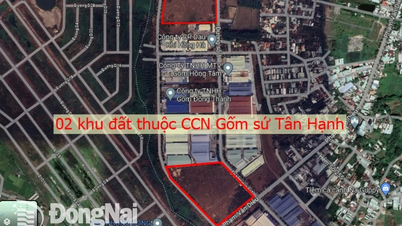

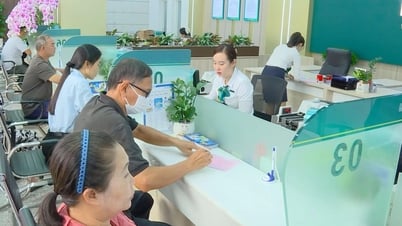

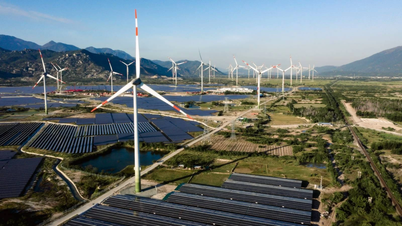
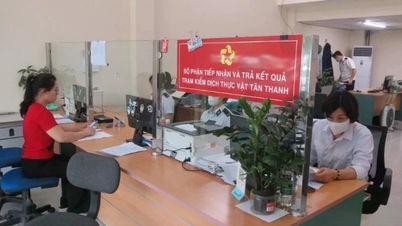

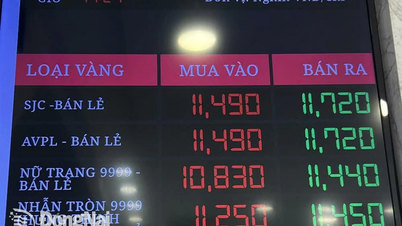






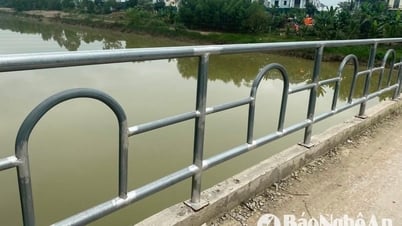
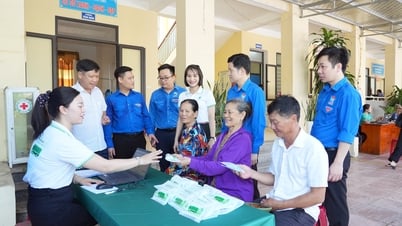

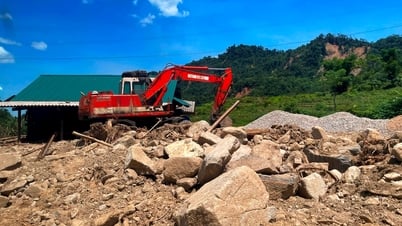































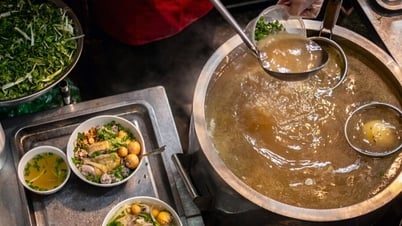

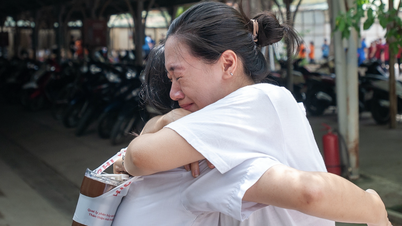












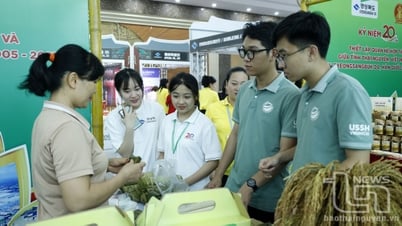


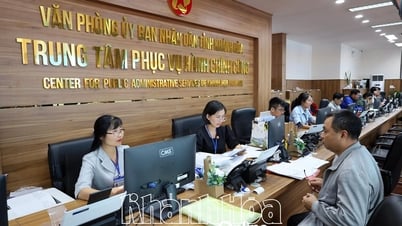












![[OCOP REVIEW] Tu Duyen Syrup - The essence of herbs from the mountains and forests of Nhu Thanh](https://vphoto.vietnam.vn/thumb/402x226/vietnam/resource/IMAGE/2025/6/5/58ca32fce4ec44039e444fbfae7e75ec)



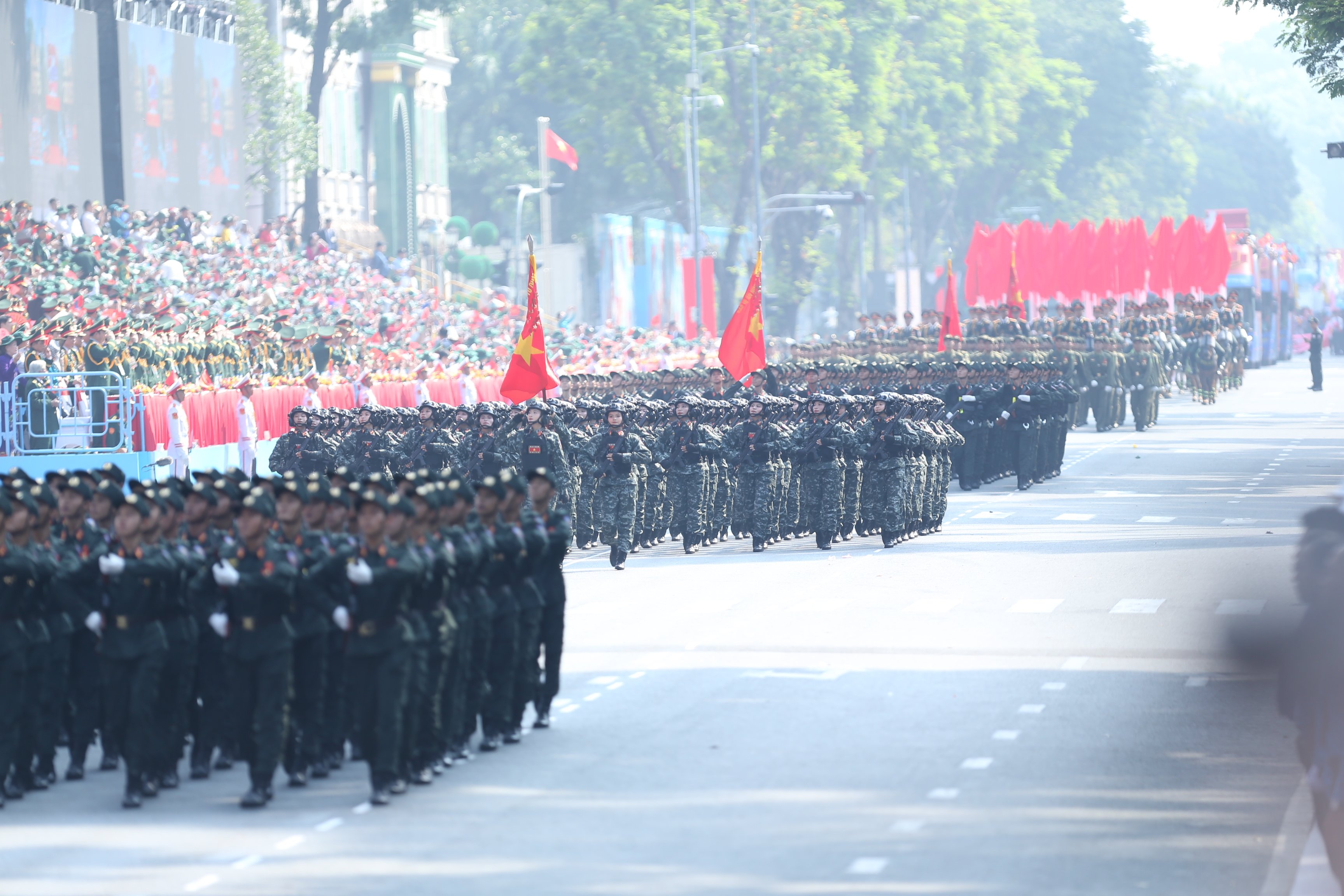


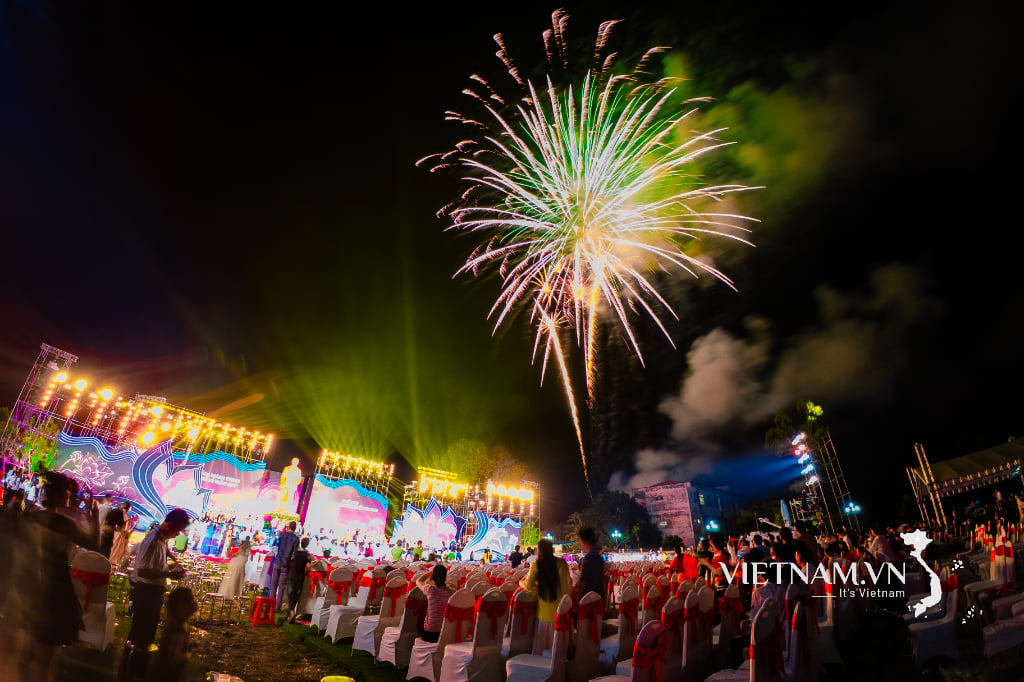
Comment (0)